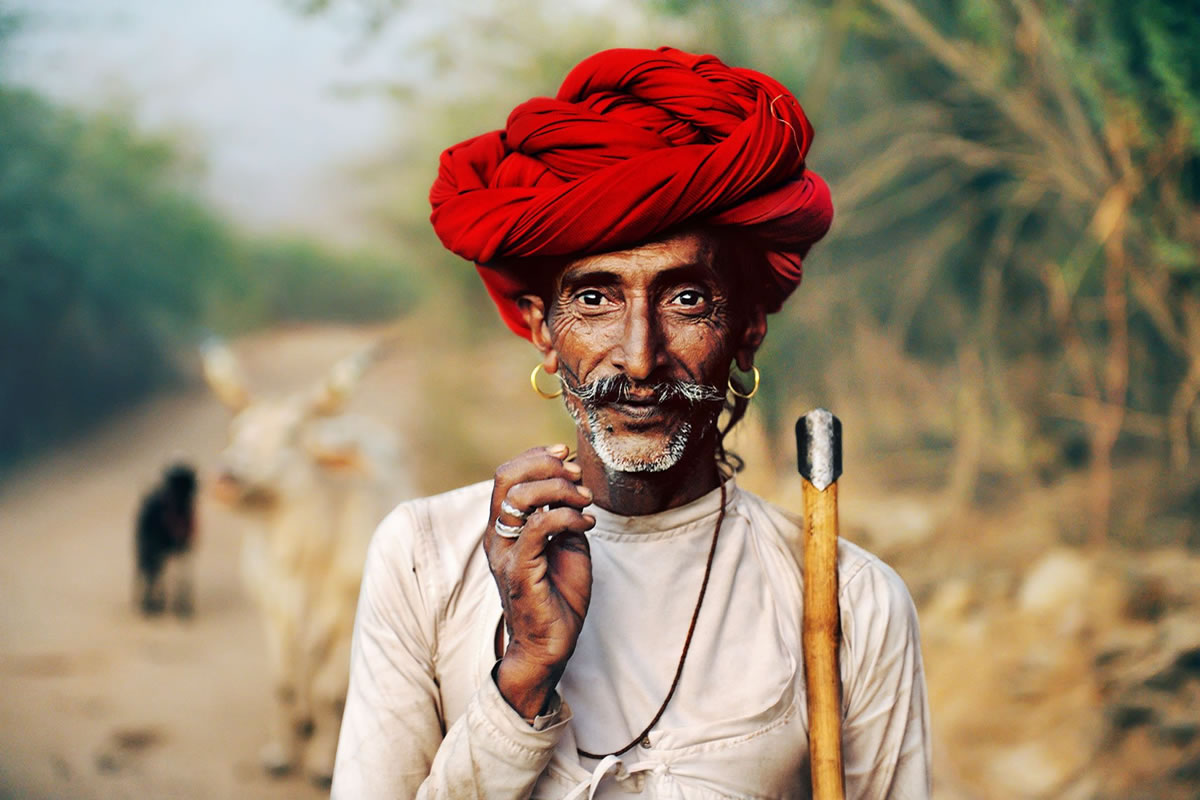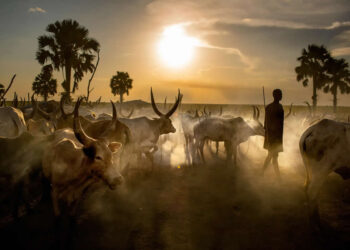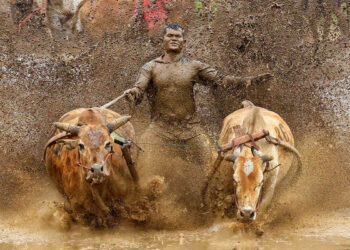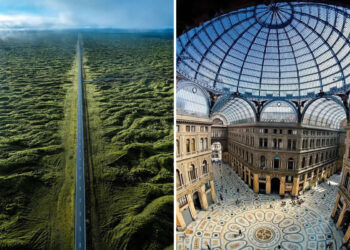Steve McCurry is one of the most renowned contemporary photographers, celebrated worldwide for his compelling portraits, vibrant colors, and evocative storytelling. His work has left an indelible mark on the world of photography, capturing cultural diversity, historical events, and deeply human moments. This article delves into McCurry’s life, photographic journey, signature style, and the influence his work has had on the field of visual storytelling.

Scroll down and inspire yourself. You can check Steve McCurry’s Website for more information.
You can find Steve McCurry on the Web:
Early Life and Beginnings
Steve McCurry was born on April 23, 1950, in Philadelphia, Pennsylvania. Originally, he had little intention of becoming a photographer; he attended Pennsylvania State University, where he studied filmmaking and cinematography. However, it was during his time in college that McCurry discovered a passion for photography, realizing it allowed him to tell stories with immediacy and intimacy. Following graduation, he worked for a local newspaper, gaining practical experience in capturing moments and emotions.
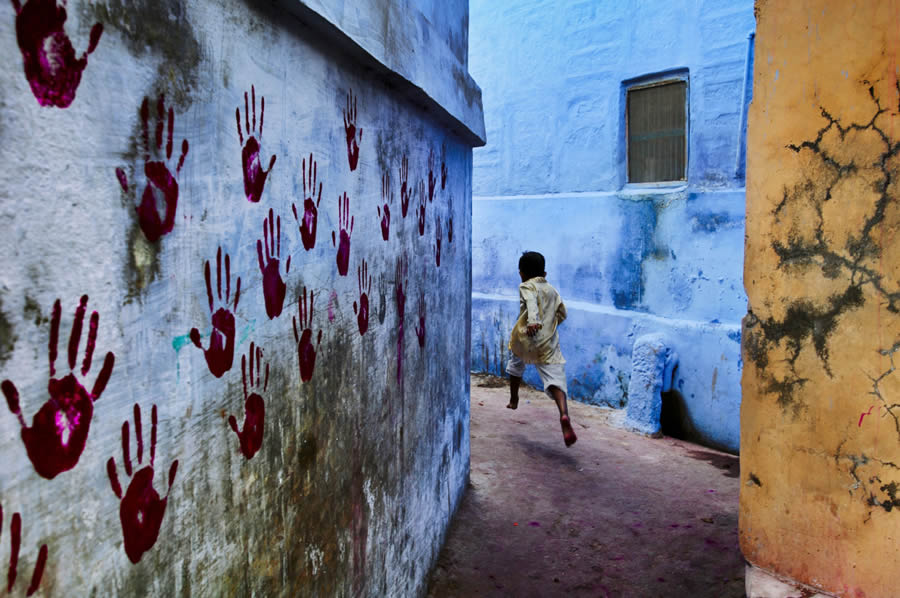
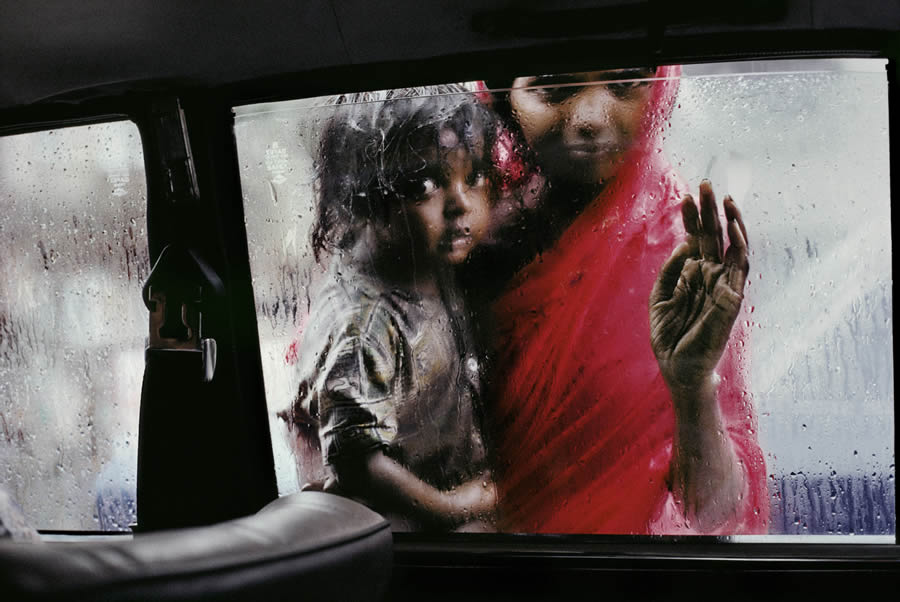
Journey to Fame: The Afghan Girl and Beyond
McCurry’s career took a transformative turn in 1979 when he sneaked into Afghanistan, which was on the brink of invasion by Soviet forces. Disguised in local attire, he crossed the Pakistan border and documented the country’s struggle and the resilience of its people. It was during this period that he captured his most iconic image, "Afghan Girl." This photograph of a young girl with piercing green eyes, later identified as Sharbat Gula, was featured on the cover of National Geographic in 1985 and has since become one of the most recognizable images in the history of photography.
The "Afghan Girl" became emblematic of the global refugee crisis, humanizing the plight of displaced individuals. McCurry’s work in Afghanistan established him as a master of capturing both the beauty and the hardship in people’s lives, earning him global recognition.
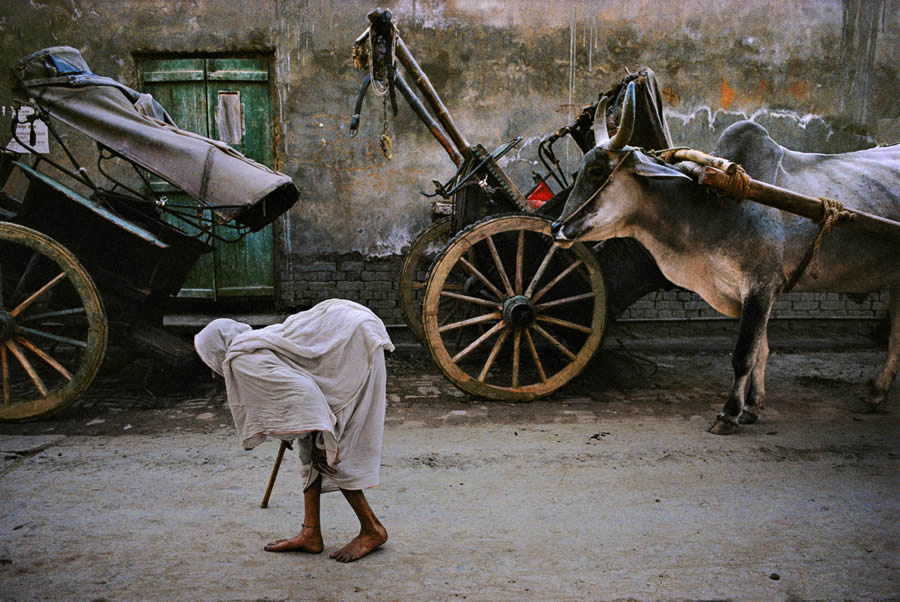

Signature Style: Color, Emotion, and Composition
Steve McCurry’s photographs are instantly recognizable due to their vivid colors, intricate composition, and emotional depth. Unlike many contemporary photographers who prefer black-and-white photography for a timeless feel, McCurry uses color to bring life and vibrancy to his subjects. His images often employ intense contrast and meticulous composition, capturing every detail, from textures in the environment to the expressive lines on his subjects’ faces.
Emphasis on Humanity
A hallmark of McCurry’s style is his focus on the human experience. Whether it’s a portrait of a single individual or a bustling street scene, McCurry’s photographs are driven by the desire to showcase the common threads of humanity. His images depict emotions that transcend cultural and linguistic barriers—grief, joy, resilience, and dignity.
Mastery of Light and Color
McCurry is a master of natural light, often using early morning or late afternoon sunlight to create warmth in his portraits. His use of color is also deliberate and carefully crafted; it adds layers to the story behind each photograph. From the earthy tones of Afghanistan to the vibrant hues of India, McCurry’s colors capture the essence of each place he visits, providing a cultural context that enriches the viewer’s experience.
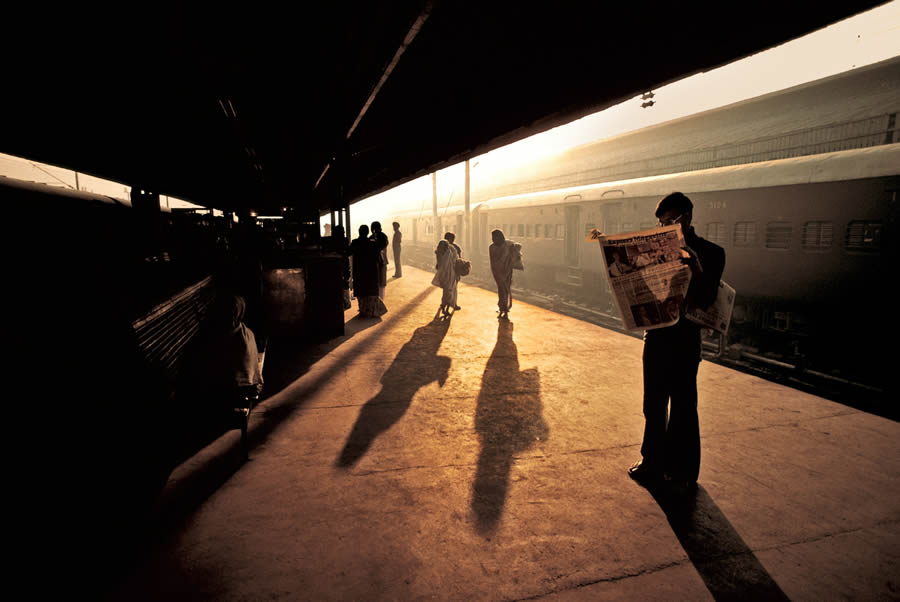

Notable Projects and Subjects
McCurry’s career has spanned more than four decades, during which he has traveled to war-torn regions, remote villages, and bustling cities. Here are a few of his notable projects:
Conflicts in Afghanistan and the Middle East
Steve McCurry has covered various conflicts in the Middle East, including the Iran-Iraq War, the Lebanese Civil War, and the Gulf War. His images portray the tragic impact of war on ordinary people. Despite the danger, McCurry’s commitment to capturing the reality of life in conflict zones has created a body of work that highlights the resilience and courage of those affected.
India and Southeast Asia
McCurry has photographed extensively in India, capturing the diversity of its culture, people, and landscapes. From images of Hindu holy men to the vibrant colors of Indian festivals, McCurry’s work in India stands out for its celebration of the country’s complexity and contrasts. His travels in Southeast Asia have similarly brought out the textures and nuances of daily life, offering viewers a glimpse into the lives of people across the region.
The Power of Portraits
In addition to “Afghan Girl,” McCurry has captured numerous iconic portraits, each telling a unique story. His portraits are often intimate, revealing the emotions of his subjects through their expressions, gestures, and gaze. McCurry’s ability to capture the inner life of his subjects is a defining feature of his portraits, making them resonate deeply with viewers.
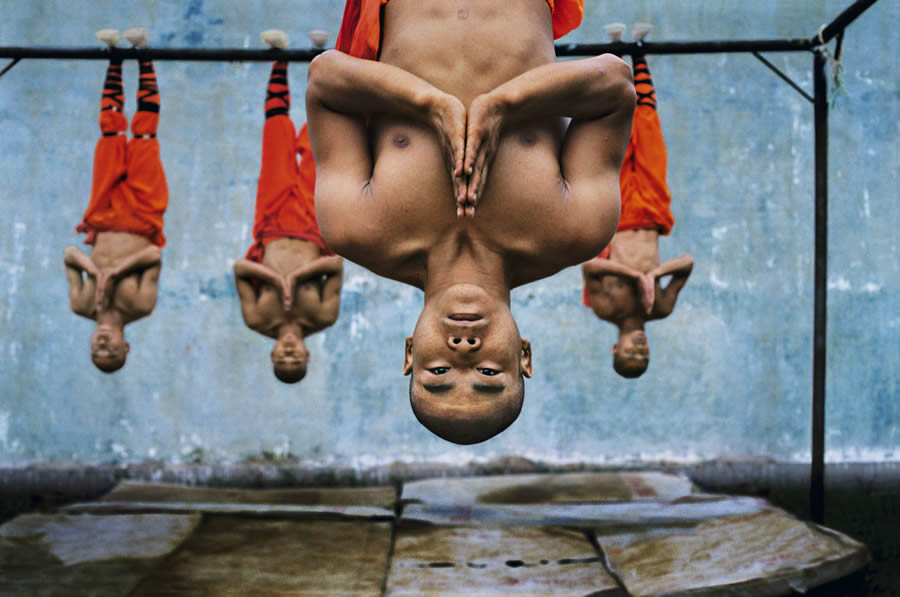
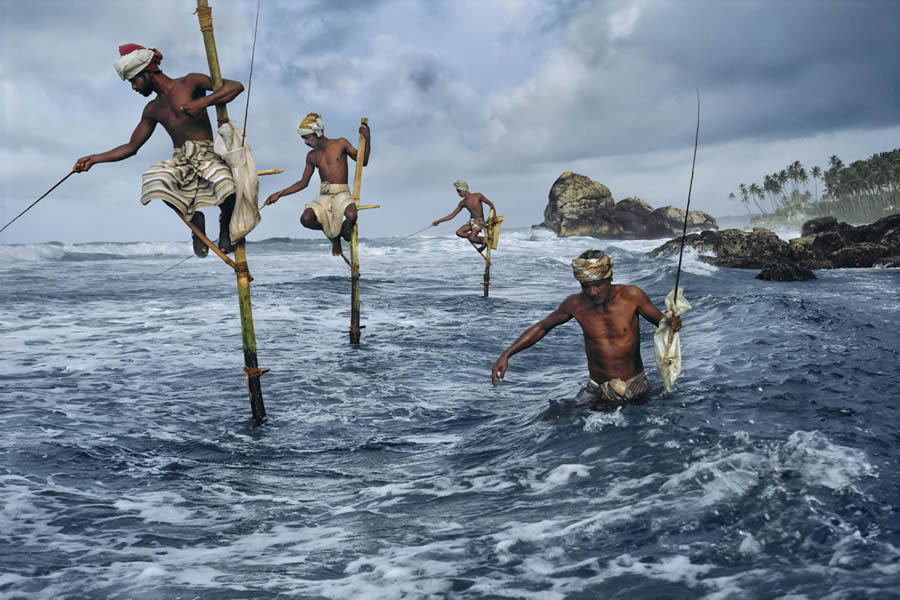
Awards and Recognition
Steve McCurry’s contributions to photography have earned him numerous awards, including the Robert Capa Gold Medal for Best Photographic Reporting from Abroad, which is awarded to photographers who demonstrate exceptional courage and enterprise. His work has been exhibited globally, and he has published numerous books that showcase his images and offer insights into his creative process.
McCurry’s relationship with National Geographic has also been highly significant; his images have appeared in the magazine multiple times, helping to shape public perceptions of cultures and conflicts around the world. Through his work, McCurry has become a visual ambassador, raising awareness about human rights, environmental issues, and cultural preservation.
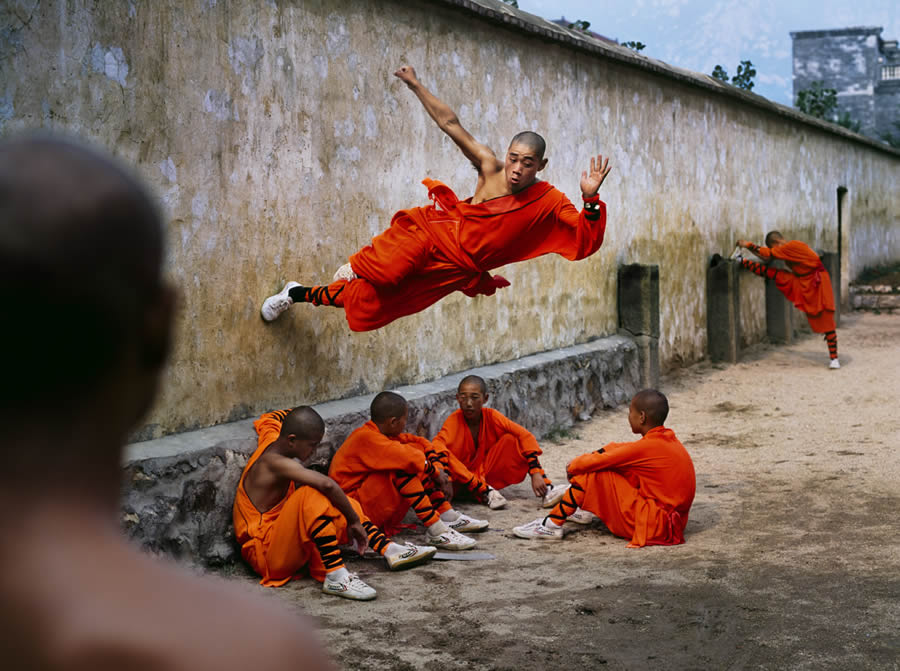

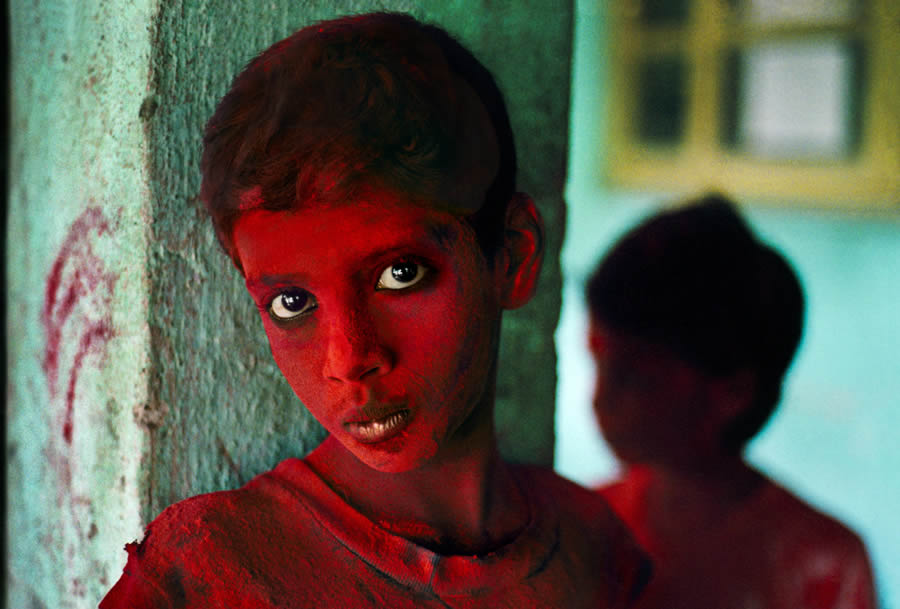
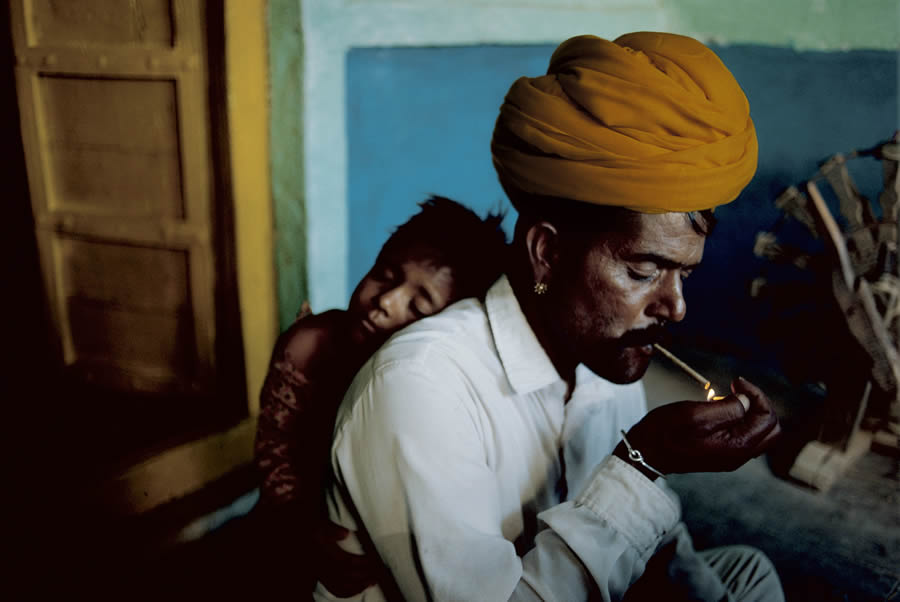
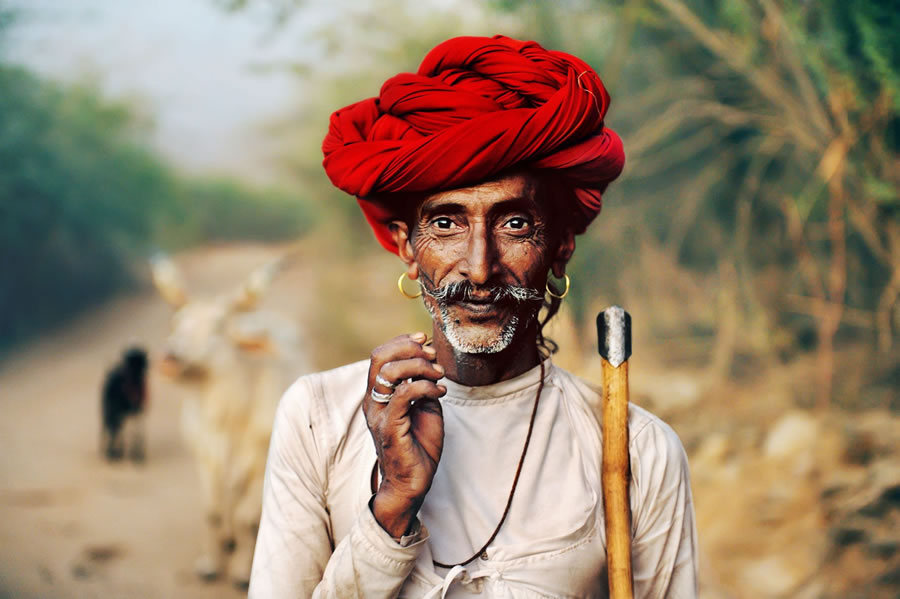
Legacy and Influence
Steve McCurry’s influence on photography is profound, especially in the realms of portraiture and cultural documentation. His work has inspired countless photographers to pursue visual storytelling, and his images serve as a testament to the power of photography to connect people across cultures. The empathy and humanity in McCurry’s work have helped to foster a greater understanding of the world and its diverse inhabitants.
Continuing Impact on Visual Storytelling
McCurry’s ability to create intimate, immersive stories through his lens has cemented his reputation as a master photographer. His work has set a standard for aspiring photographers who seek to capture stories that are both visually compelling and emotionally resonant. Through workshops, exhibitions, and ongoing projects, McCurry continues to share his knowledge and inspire new generations of photographers.
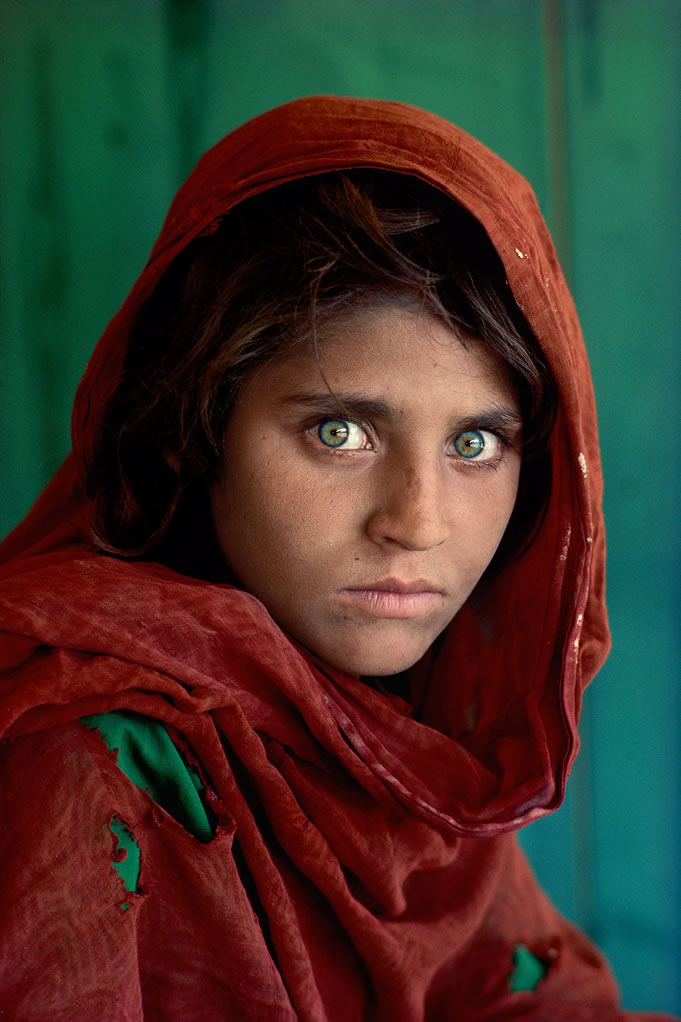
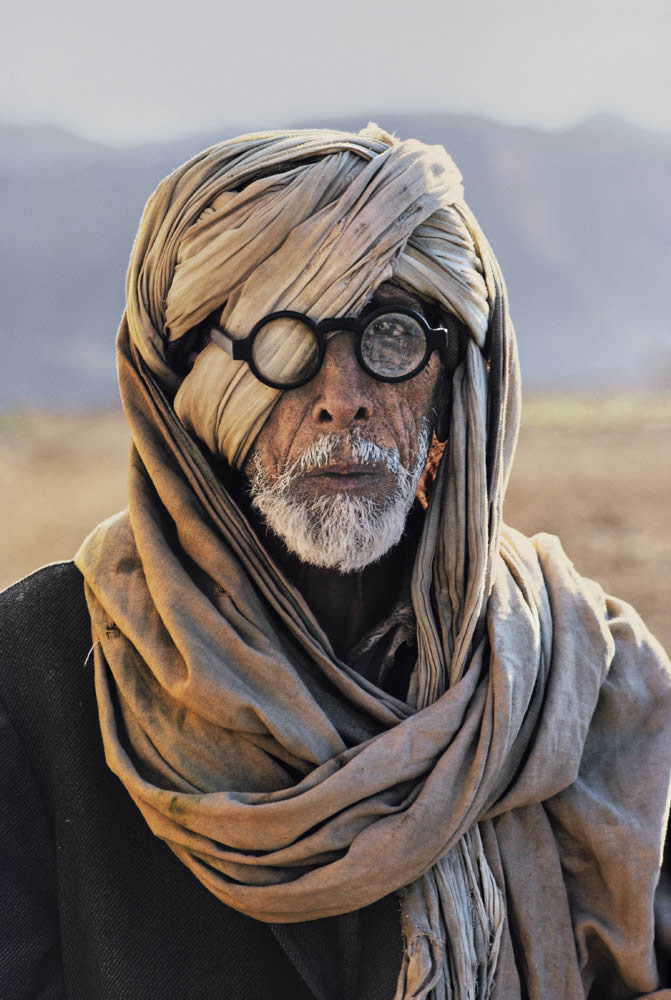
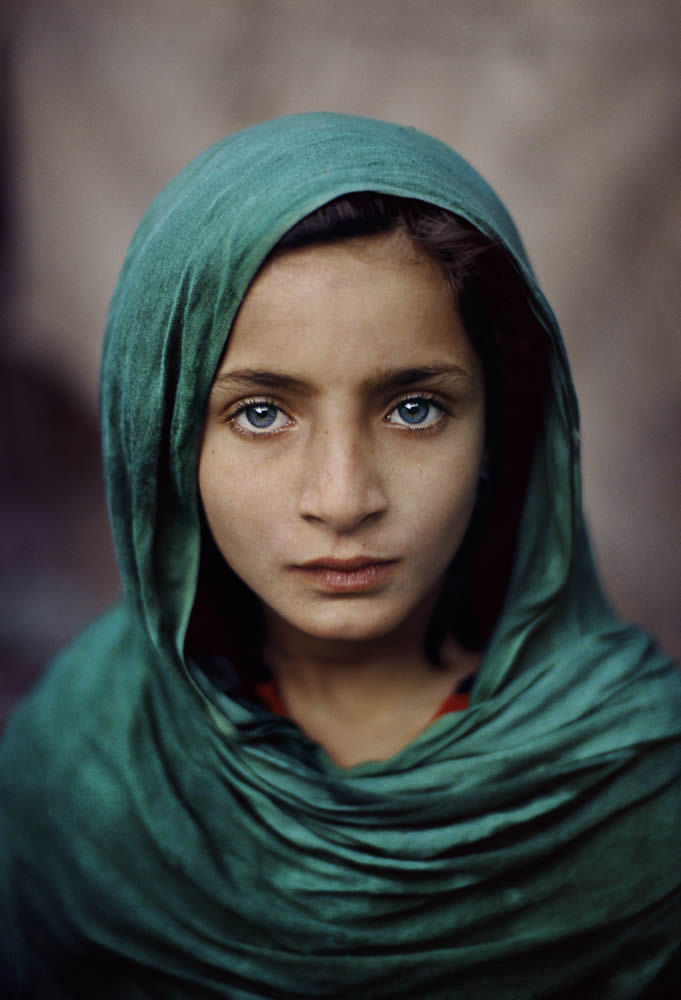

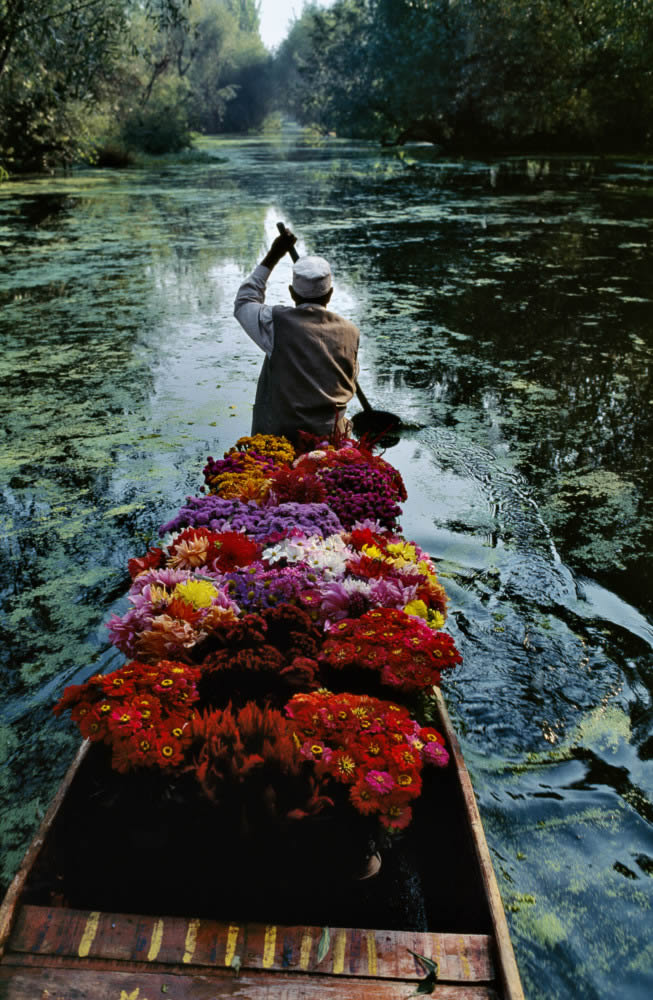
Conclusion: The Enduring Power of McCurry’s Photography
Steve McCurry’s photography is more than just a body of work; it’s a visual anthology of human stories, cultures, and experiences. His images invite us to step into different worlds and moments in time, revealing the depth and richness of the human experience. Through his lens, McCurry has shown that photography has the power not only to document reality but also to evoke empathy, inspire action, and change the way we see the world.
With a career spanning decades, McCurry remains a master of his craft, and his work will continue to be a source of inspiration and reflection for generations to come.
Related Articles:
- Through the Lens of a Master: Harold Feinstein’s Iconic Black and White Photography
- 10 Master Women Photographers You Should Know In The History Of Photography
- Masters In Color: 50 Breathtaking Photographs By Legendary Photographers
- Why Henri Cartier-Bresson is Celebrated as the Father of Street Photography

